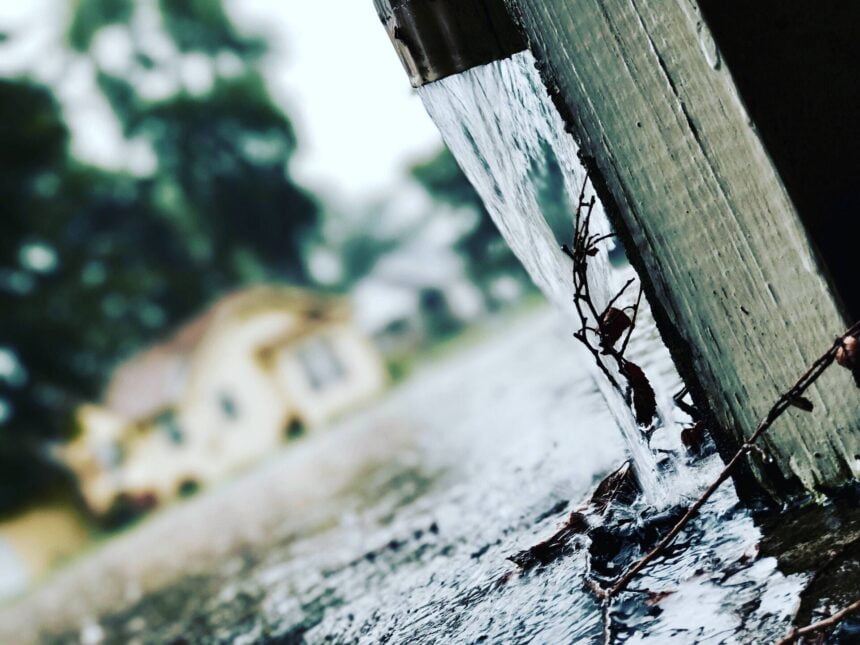Hurricanes are fierce, and that reality hasn’t changed over time. What has evolved, though, is our improved ability to track storms’ paths and characteristics with advanced meteorological tools and associated big data.
In many cases, such as with Hurricane Irma, the resultant statistics collected from the storms are extraordinarily frightening and more than enough to make us realize why and how Irma and other hurricanes cause so much destruction.
Let’s dive into some particularly chilling data below and get more details about Hurricane Irma’s tremendous characteristics.
Irma Was a Record-Breaking Storm In Terms of Wind Speeds
When looking at single data elements, it’s often hard to combine them and fully understand why Irma was so devastating. However, researchers from Colorado State University compiled a data sheet with some incredible figures. For example, Hurricane Irma was the first storm on record to maintain maximum wind speeds of 185 miles per hour for 37 hours. Previously, the longest duration was only 24 hours, so Irma beat that number substantially.
An Amazing Amount of Power
The National Weather Service uses a measurement known as Accumulated Cyclone Energy (ACE) to categorize an overall hurricane season. The ACE measurement is the sum of the squares of the maximum sustained surface wind speed, measured in knots every six hours for all named storms at least strong enough for a tropical storm classification.
Irma’s measurement of 67.5 made analysts realize it generated more ACE than 18 entire hurricane seasons.
More Than a Million Homes and Businesses Left Dark
Because the storm itself had a gigantic amount of power, it’s not surprising Irma left people without electricity in their homes.
The wind blew down trees and power lines, and five days after the storm hit Florida, 1.5 million power company customers were still affected.
Most Homes in Southern Florida Don’t Meet Minimum Building Code Requirements
When people who evacuated the area come back and survey the damage to their homes, many of them will likely see substantial damage beyond non-functional lights. Statistics indicate 50-75 percent of homes in Southern Florida don’t meet modern hurricane codes.
Local legislation came into effect in 1994, after officials realized they needed to take action to prevent future outcomes similar to the long-lasting destruction of Hurricane Andrew in 1992. However, the new codes only apply to residences built since the laws were enacted. Experts say Hurricane Irma could be the biggest test of whether the legislation is effective.
Emergency Medicine Professionals Use Data to Prepare During Disasters
After hurricanes hit, area hospitals typically respond by bringing in all available staff members to deal with the aftermath. Following the worst of Hurricane Irma, Florida Hospital Orlando increased staff numbers by 120 percent.
Although health facility administrators know they’ll need all hands on deck in such a situation, it’s difficult for them to track trends for a particular storm. For example, medical officials studied hurricane-related death records and learned carbon monoxide poisoning is a major reason for fatalities. Heart failure can also occur, and some people die because they had existing conditions before the storm hit and didn’t get them treated in time.
Doctors agree it would be immensely helpful if there were a greater push toward using big data to highlight needs at the moment, instead of just looking at what’s happened during previous disasters.
For example, if a high percentage of people were coming into a particular hospital with broken limbs, the facility could respond by calling in more staff members from the orthopedic department or even recruiting them from other places.
This brief breakdown of the data associated with Hurricane Irma gives a scary snapshot of why the storm captured headlines even before it made landfall.
It’s continuing to do so now, and the effects of the disaster will be evident for years to come.
Image by Terrance Moon







